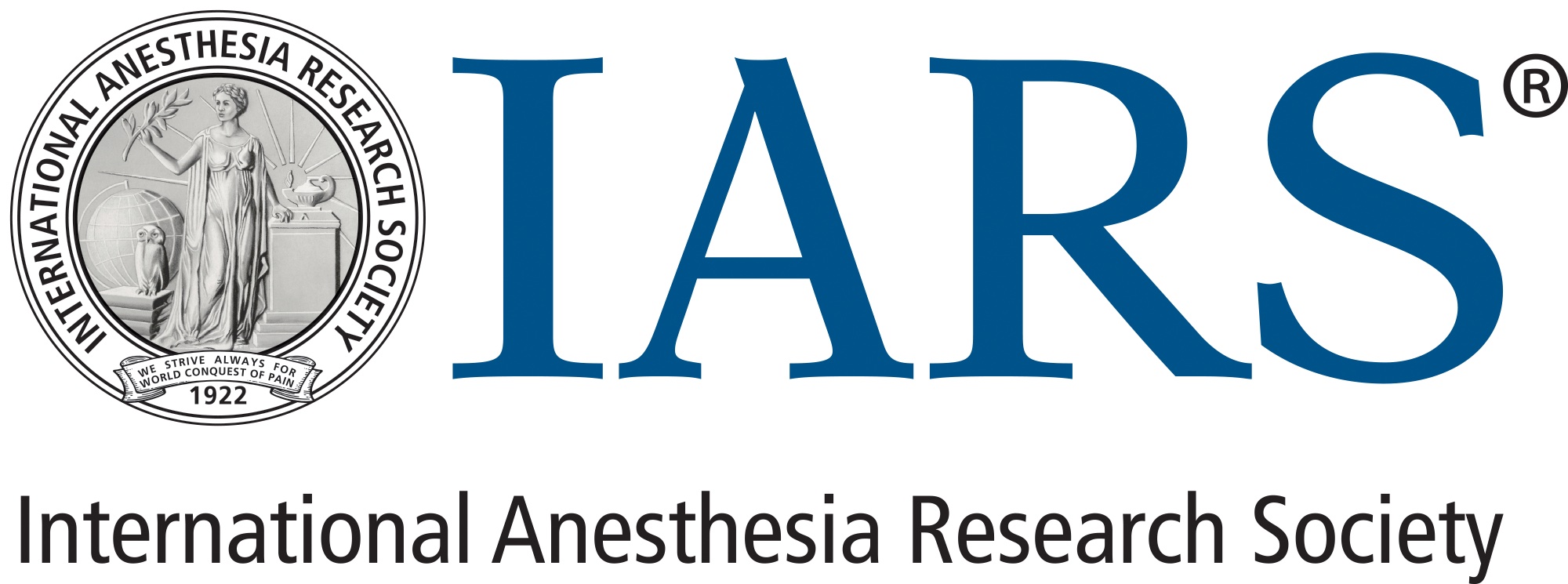Riding the Winds of Change: Three Stories of Change to Inspire and Provide Guidance on Finding New Purpose
Young May Cha, MD, MS
Change is never easy. But following a new career passion or scientific pursuit can be an exciting journey that can reinvigorate your career. Three speakers shared their reflections on career change, highlighting potential pitfalls, and offering their advice on how to navigate new waters. Christopher Roberts, MD, PhD, Assistant Professor of Anesthesiology at the Medical College of Wisconsin, moderated this thoughtful session on “Re-inventing Your Career – Transitioning Between Paths,” held Saturday, March 22, at the 2025 Annual Meeting, presented by IARS and SOCCA.
Matthew Caldwell, MD, Clinical Associate Professor of Anesthesiology at the University of Michigan, opened this session with his journey from operational leadership to educational research. As a new attending, his first goals were to develop clinical expertise, explore leadership capacity, and engage with new learners. He focused on the operational aspects of medicine as the medical director for several services but also had roles in the education space. The COVID-19 pandemic upended his career, like many others, but after things had settled down, Dr. Caldwell became increasingly dissatisfied with his engagement with his career.
In retrospect, he reflects that perhaps he was experiencing physician burnout. Dr. Caldwell introduced the Japanese concept, “ikigai,” to help find purpose and a fit for his career aspirations. You should find what you love, what you are good at, what the world needs, and what you can be paid for. For Dr. Caldwell, engagement with learners and fostering the next generation had been the most rewarding part of his career at that point. He also had experience in business and data analytics. He leveraged this background to conduct research in education using the Multicenter Perioperative Outcomes Group (MPOG) data set and operative video recordings. Dr. Caldwell recommends low-stakes exploration of new options as a good first step and the importance of having coaches, mentors that are prospective of the path you’re interested in, and sponsors who can unlock opportunities for you.
Next, Jasmine Dowell, MD, Associate Professor of Pediatric Critical Care at the Medical College of Wisconsin, described her journey from clinician to clinician-researcher. She was inspired by a patient who unfortunately had a catastrophic outcome despite receiving routine asthma exacerbation care. She decided to pivot to include basic science into her career to improve the identification and treatment of different respiratory phenotypes. Despite not having the many years of training that scientists have dedicated, she found that a clinician voice is desperately needed in biomedical research. The crisis of translatability of preclinical science to human application is reflected in numbers, such as poor life expectancy compared to peer countries, high number of research dollars spent, and decreasing new drug approvals.
Some of the barriers to effective biomedical advancement are due to the complexities of human disease. Human diseases often have a variable course and variable response to therapy, which differs from how individual cells and organs behave in an isolated laboratory setting. But clinicians with firsthand experience with these diseases are uniquely poised to address this, and can decrease the barriers to identifying those who might benefit from discovery. Moreover, clinicians often have access to additional funding opportunities.
Another benefit Dr. Dowell noted is that having clinical context helped her to be grounded in purpose. Other basic science researchers often described loss of motivation after looking at nothing but a microscope. She, however, had direct concordance for their work to real patients. Like Dr. Caldwell, Dr. Dowell emphasized the importance of obtaining resources to help with your goals. Lab equipment and protected time are important but so are training and mentorship. They can be found at your institution, through professional societies, and other clinical translational research facilities. Different mentors can help with various aspects of one’s career, such as grantsmanship or technical skills.
Lastly, Thomas Vetter, MD, MPH, Division Chief and Professor of Anesthesia and Perioperative Medicine at the University of Austin, who presented via video, reflected on his journey to pursue a Master of Fine Arts degree and enter the realm of narrative medicine. Dr. Vetter started with the concept of the “renaissance soul.” This person jumps at the chance to learn something new or, after achieving success in one field, finds themselves looking for new challenges or something different to do. For this person, Dr. Vetter suggests building a career portfolio rather than a career path. A path is a singular pursuit, but a portfolio is a never-ending source of discovery and fulfillment. Making a portfolio now makes you more prepared to pitch for and even create new opportunities. It also makes you well practiced at making creative connections between your skills and the skills required of the job you most want to pursue. A portfolio can include traditional paid jobs but should not be limited to that.
As one navigates changes and transitions, there are three phases that mark nonlinear transitions. There is the ending, in which one separates and leaves the comforts of the old place. There is a neutral zone, which is a “messy middle” that can be marked by feelings of marginalization or isolation. This zone can be frustrating but also reflective, creative, and innovative. Last, there is the new beginning, in which you cross the threshold into the new space. As you find yourself in these transitions, Dr. Vetter provides these tools to help. You can accept it and identify the emotions; you can mark it and ritualize the change; you can shred it and give up old mindsets; you can create it and try new things; you can share it and seek wisdom from others; you can launch it and unveil your new self; and you can tell it and compose a fresh story. Any or all of these can be used to help steer the course of change.
International Anesthesia Research Society
